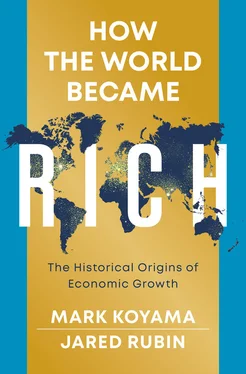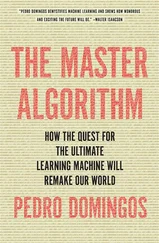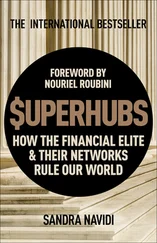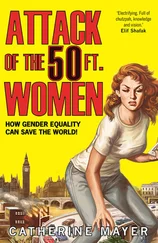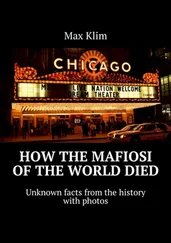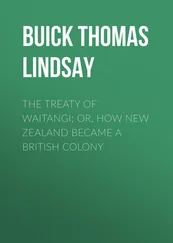In the late 13th century, the climate began to become more unstable and cooler. The 15th century was especially cold due to low levels of solar activity. Although there were warmer conditions in the 16th century, the climate worsened again in the 17th century. Consequently, the entire period is often labeled the Little Ice Age. Figure 2.5 plots estimates of temperature deviations from 1100 to 1800. The Little Ice Age was both colder and more volatile.
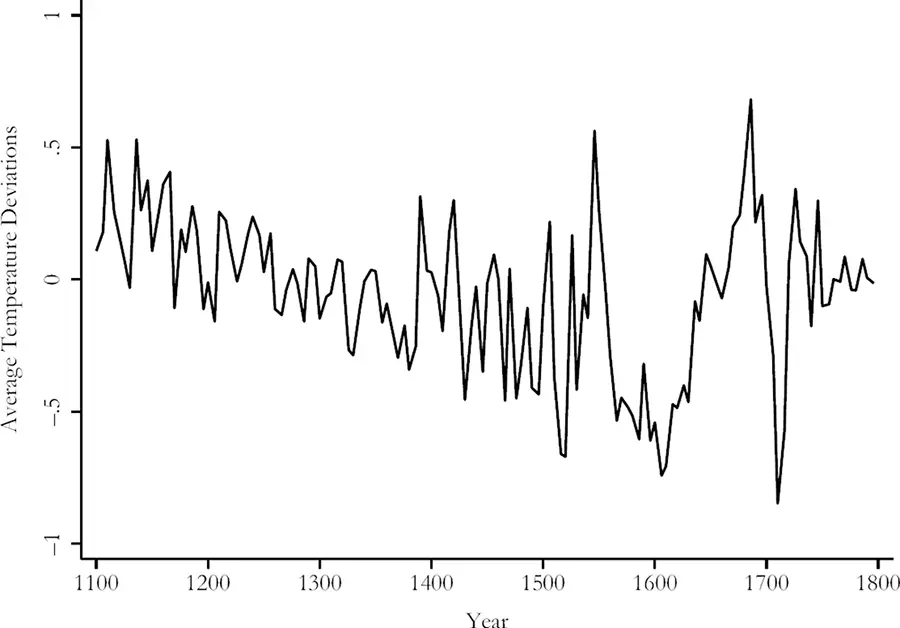
Figure 2.5 Temperature deviations across Europe, 1100–1800
Data source : Anderson, Johnson, and Koyama (2017).
The downturn in the climate that occurred in the late Middle Ages had real economic consequences. For one, it impacted city growth rates (Waldinger, 2019). Worsening climatic conditions generated political instability across Eurasia (Parker, 2014). The climate downturn also made minority communities like Jews more vulnerable to persecution. As entrenched antisemitic attitudes were common across Europe, Jews were frequently scapegoated for economic ills and political crises. Unusually cold weather increased the probability that a city would persecute its Jewish community by as much as 50% (Anderson, Johnson, and Koyama, 2017).
Colder weather associated with the Little Ice Age affected war and conflict more generally. Using geo-coded battle locations, Iyigun, Nunn, and Qian (2017) find that colder weather was associated with more conflict between 1400 and 1900. These effects were stronger in areas with worse-quality soil and regions that were already cold in 1400. Nevertheless, despite colder weather, it was in these centuries that the seeds of modern economic growth were sown. This raises the question: how can geographic and climatic constraints be overcome?
Geography and Transport Infrastructure
Can investment in transport infrastructure overcome the curse of geography? It seems possible. The Trans-Siberian Railway brought harsh terrain in contact with markets and goods to a degree previously unimaginable. But can transport infrastructure fully overcome the curse of bad geography or just ameliorate it?
Infrastructure projects can be financed by private individuals or by the state. But why do some institutional arrangements facilitate private investment in infrastructure while others deter it? Why do some states invest and others do not? When are states even capable of undertaking such projects in the first place? These questions suggest that overcoming “bad” geography may require institutions capable of diverting resources to infrastructure. Although we will return to this issue in Chapter 7, we outline here some of the ways that investments in transport infrastructure affected historical economic development.
The Roman Empire invested in a road system. By the reign of the Emperor Trajan (r. 97–117 CE), the road network comprised 80,000 km (see Figure 2.6). It was complemented by massive inland waterways that crisscrossed the empire and connected landlocked cities with the Roman lake that was the Mediterranean Sea. The Roman road system was built for military reasons. But once established, it played a crucial role in knitting the empire together economically and culturally. The suppression of Mediterranean piracy and the establishment of safe sea-lanes was also critical in lowering transport costs, which enabled inter-regional trade and specialization. Archaeological evidence attests to the fact that manufactured goods such as amphorae (pottery) were mass produced and transported over long distances.
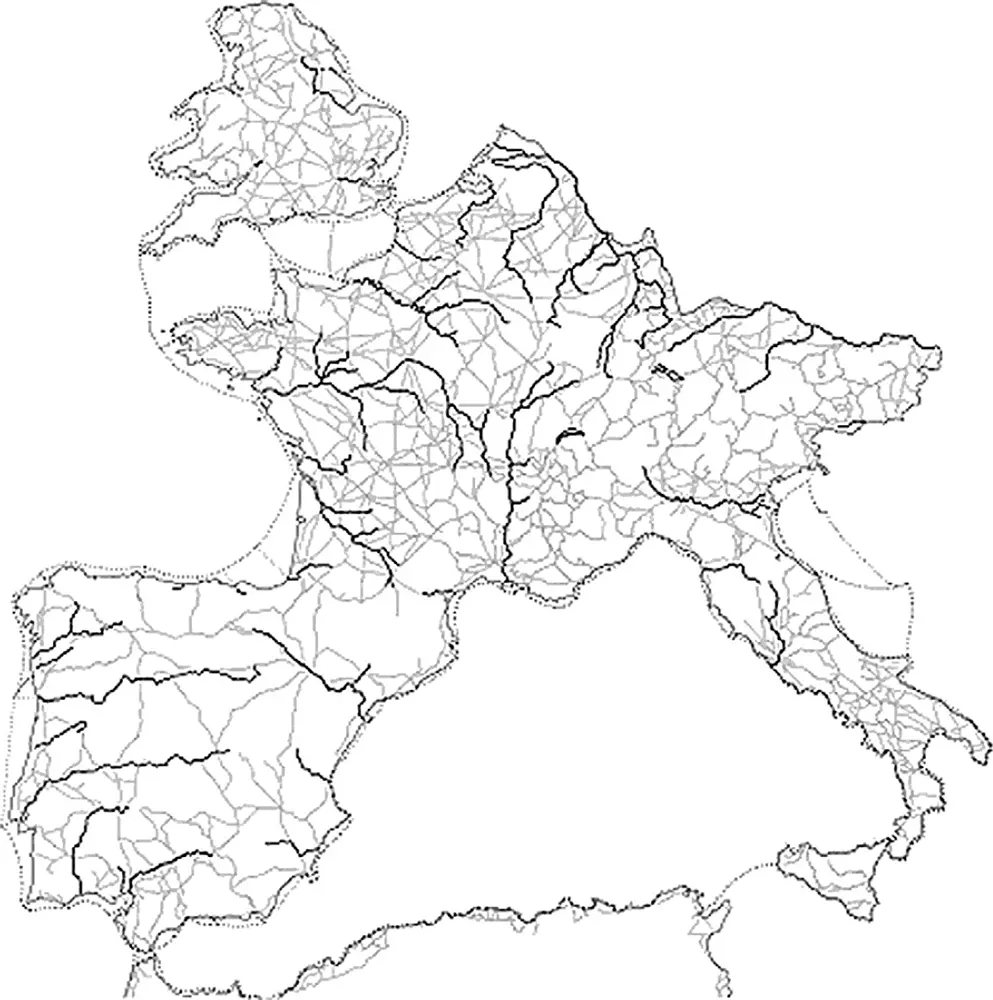
Figure 2.6 The Roman road network
Map provided by Erik Hornung from Flückiger, Hornung, Larch, Ludwig, and Mees (forthcoming). Grey lines symbolize roads, solid black lines navigable river sections, and dashed lines coastal shipping routes.
Following the conquest of the Mediterranean region, the Roman economy experienced a period of economic growth driven by market expansion. Adam Smith (1776/1976) observed that the greater the extent of the market, the greater the scope for specialization and the division of labor. This suggests that an increase in market size can itself be a source of productivity improvements and economic growth. This type of growth is often called Smithian growth. Over time, Smithian growth encourages capital investment. Individuals invest in longer and more complex production processes. This investment, in turn, increases the productivity of labor and the returns to trade, thereby setting in motion a virtuous cycle of economic development. Favorable geography or improvements in infrastructure can be a source of Smithian growth. Smithian growth can be derailed by war or natural disasters that upend markets and disrupt patterns of specialization. It runs into limits and ultimately into diminishing returns in the absence of sustained innovation.
In the case of Rome, the process of Smithian growth was aided by the benign climatic and geopolitical conditions discussed above. Investment in transport infrastructure, nonetheless, played a critical proximate role in Roman economic growth. Studying the distribution of terra sigillata, a red-gloss tableware made out of clay, Flückiger, Hornung, Larch, Ludwig, and Mees (forthcoming) find evidence that the intensity of Roman trade in this product reflected transportation costs. Places with lower transportation costs due to Roman infrastructure had greater inter-regional specialization, while better-connected areas traded more. As the Roman Empire declined, the road network remained in place. Until the 18th century, there was little new transport infrastructure. Flückiger et al. find that the effects of the Roman transportation network outlived the Roman Empire and were associated with much greater trade intensity up to the invention of the steam engine.
Transport infrastructure also mattered for Chinese economic development. Economic growth in the Middle Kingdom was greatly aided by the creation of the Grand Canal by the Sui (581–618 CE) and Tang (618–907 CE) dynasties and improved by their successors. The Grand Canal, said to be 40 meters wide, connected the Yangzi to the Yellow River. Its construction needed thousands of laborers and the vast expenditures involved caused the collapse of the Sui. The canal transported grain to the capital city, Luoyang, and played a critical role in supplying the army guarding the northern frontier. In the Tang dynasty, 130,000 tons of grain were transported north each year (Ball, 2017, p. 120).
Though the primary purposes of the Grand Canal were political and military, its creation brought economic benefits. According to Scheidel (2019, p. 263), between the Yangzi and Yellow Rivers, “the Grand Canal and multiple smaller rivers and feeder canals created … a huge fertile crescent united by cheap and safe transport…. No inland waterway system in world history approaches this one as a device for integrating large and productive spaces.” As we discuss in Chapter 3, market integration in China was comparable to that in many parts of Europe until the latter part of the 18th century. One reason for this was the massive investments made by several dynasties in the Grand Canal.
A final example of the importance of transport infrastructure comes from industrializing Britain. Before 1700, Britain (like other pre-industrial economies) was afflicted by extremely high transport costs. By 1870, this situation had been transformed. As Dan Bogart and his collaborators document (Bogart, 2014; Bogart, Alvarez-Palau, Dunn, Satchell, and Taylor, 2017; Bogart, Satchell, Alvarez-Palau, You, and Taylor, 2017), this transformation was partly due to steam power and the introduction of the railways. It was also due to investment in the road and canal network beginning in the 18th century.
Читать дальше
